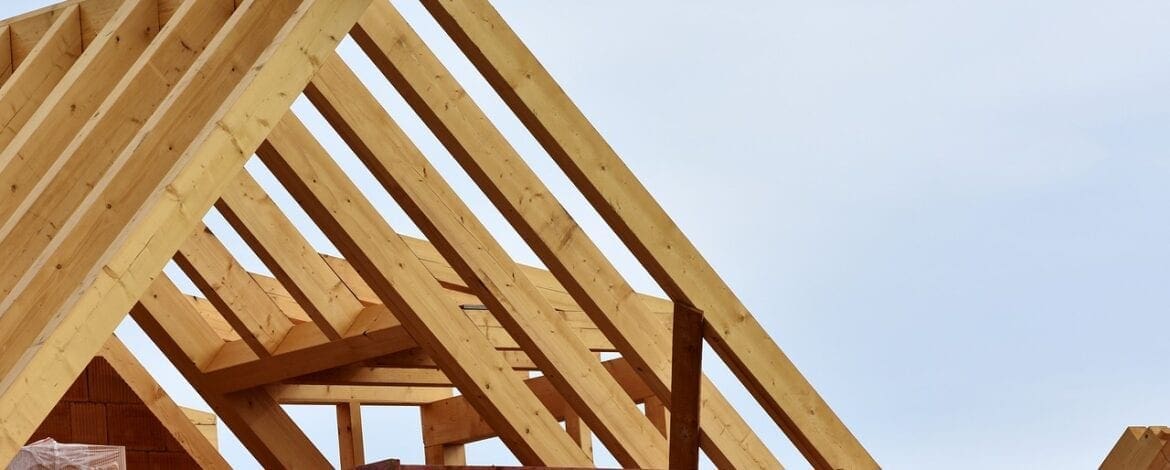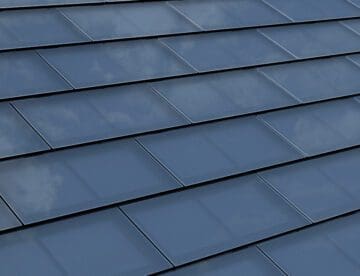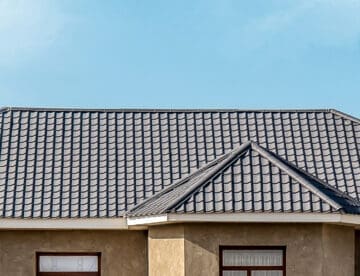The climate where you live plays a role in determining the type of roof you install. If you live in Florida, you should do a bit of research to find the best roofing material for Florida households before installing a new roof.
But, aside from the type of material, many other factors go into a quality roofing structure. And, roof underlayment is undoubtedly one of the most important ones. It serves a crucial purpose in protecting your home from various elements.
Not many homeowners are familiar with roof underlayment requirements and all of the benefits of installing underlayment. On this page, you can find our top tips and best practices for roof underlayment.
Is installing underlayment necessary for a roof?
Underlayment is a barrier that’s placed beneath the top layer of your roof. Its purpose is to deal with problems that your roof struggles to prevent. This most notably includes heat and moisture buildup. So what are the common roof underlayment requirements?
When it comes to the moisture buildup, underlayment does an adequate job of protecting the roof decking if any leaks find their way through the top layer of your roof.
A common question homeowners ask is whether or not underlayment is even necessary for their roof. The answer to this can be both yes and no, depending on the situation.
In some areas, code enforcement requires residential and commercial buildings to have some sort of underlayment. This is something you should keep in mind if you’re not sure whether or not this applies to your location.
Do metal roofs have underlayment requirements?
As we mentioned before, in general, the answer can be both yes and no for all types of roofing materials. If you have a metal roof, we recommend you install underlayment. If your home is built with joists, sheathing, and a layer of insulation, you’ll also need to install the underlayment.
There aren’t so many houses with metal roofs in Florida compared to other parts of the country. It’s also worth mentioning that some metal roofing manufacturers require an underlayment to keep the warranty for the material valid.
Most Significant Benefits of Roof Underlayment
For a better idea of how they work and to help you decide whether or not you want to install it on your roof, here are a few of the most significant benefits of roof underlayment:
- Water-resistance — A water-resistant underlayment allows water droplets to slide off the surface and not penetrate deeper into the roofing structure.
- Waterproofing — The waterproofing function of roof underlayment differs from water-resistance properties. Waterproofing is to protect the roofing structure from any leaks during heavy rain.
- Moisture and Heat Barrier — Roof underlayment shields the attic space and the roofing structure from any weather conditions that the top layer of your roof can’t protect.
Two Common Choices for Underlayment
When it comes to choosing a roof underlayment, there are two standard options you can choose:
- Synthetic Plastic Sheets — A mixture of polymers and polypropylene, synthetic underlayment is effective in resisting moisture. Plus, it weighs less compared to the other type of underlayment. Since synthetic plastic sheets have a significant presence on the market, the product’s quality can significantly vary depending on the brand and style of the underlayment.
- Felt Paper — Made from fiberglass or cellulose, felt paper is a sheet of paper dipped into an asphalt mixture. Usually, this type of underlayment requires one adhesive layer to help make the installation process more manageable.
Picking the Right Material
While there are only two options to choose from when selecting underlayment material, how do you choose the right material for your roof? There are a few things to pay attention to. Still, to make the selection process easier for you, we’ll highlight the two most essential elements you should consider. The type of underlayment you ultimately choose will depend heavily on the type of top layer of your roof.
If you use classic shingles, felt paper works best with this type of roofing. In case your home has a metal roof, use synthetic plastic. This is mainly because the metal roof will trap heat more quickly than shingles or other roofing material.
The second important factor is climate. If you live in a hot and humid environment, synthetic underlayments are the best option in Florida. On the contrary, if you live in a state that sees a lot of snow each year, felt paper is a better choice.
Consult with your roofing professional about roof underlayment requirements
Hopefully, this page has helped you learn more about roof underlayment requirements and the benefits of installing roof underlayment on your home. Underlayment costs can be tough to prepare for. That said, it can also save you a lot of money in the long run by preventing water damage to your roofing structure.
The choice to install underlayment is ultimately up to you. One thing is sure, it’s a smart move towards protecting your biggest and most important investment — your home.
If you have any questions about the installation price, suitable options, and other roof underlayment requirements, our roofing experts are here to help. We have the roofing experience and knowledge to protect your home.
Contact us through our quick online form. Or call us now at 813-373-9088 to get a free roof estimate.




